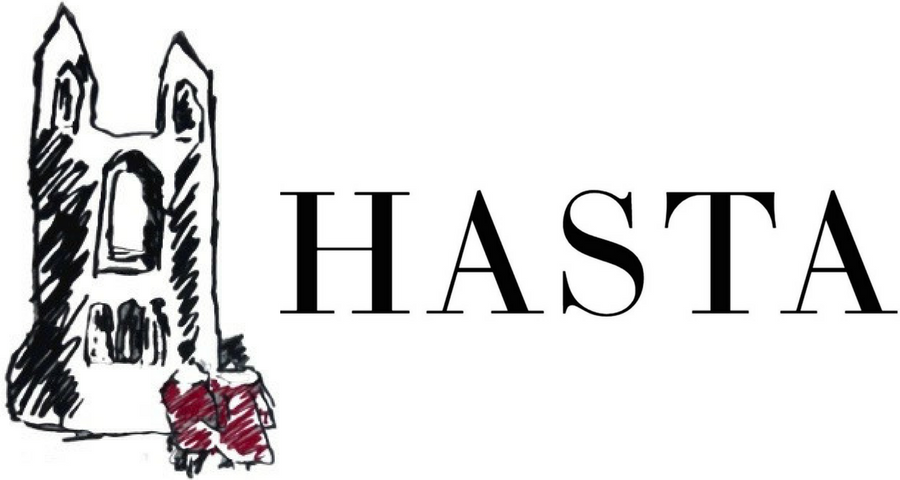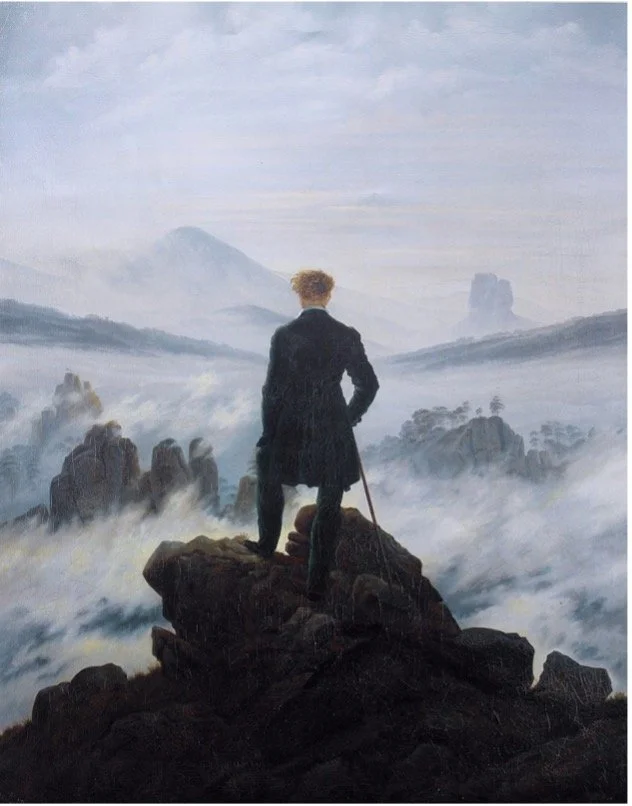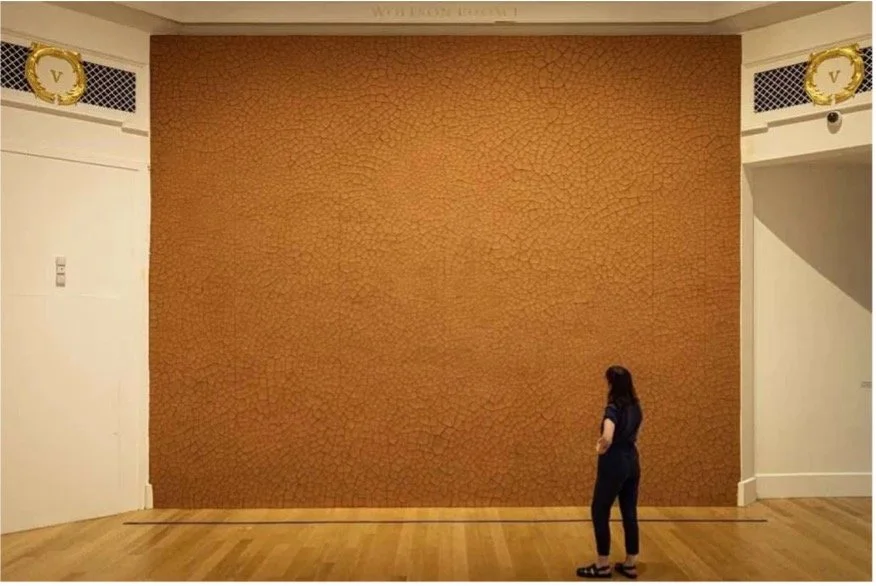Into the Woods: Andy Goldsworthy on the Scottish Landscape
By Anna Barlow
St Andrews is deeply rooted in its connection to nature, built on our cherished beaches and golf courses — these landscapes offer an escape for many of us during busy term time. Yet recently, I was startled to find out that West Sands was used as the town dump a mere half-century ago. Today, such an attack on our local environment would spark public outrage and be met with a blockade of red tape, signifying how our relationship with the landscape is constantly shifting, but is always reflective of our collective attitude.
An artist who navigates this evolving relationship is Andy Goldsworthy, currently exhibiting at the Royal Scottish Academy. Known for creating site-specific works around the world from the Arctic Circle to Tasmania, Goldsworthy brings a rare immersive encounter with Land Art to the gallery in Edinburgh.
One standout installation, Oak Passage and Ferns (2025) takes the audience through a parted sea of wind-fallen branches, collected after Storm Éowyn in the Dumfriesshire hills. It is an investigation of the Scottish landscape. The forms envelop visitors as they walk through, dwarfing them in this physical encounter with nature. However, it is not only the branches that Goldsworthy wants us to consider, attempting also to draw our attention to the exhibition’s oak floor.
Andy Goldsworthy, Oak Passage, 2025, Oak branches, Royal Scottish Academy.
Image courtesy of the artist.
In the artist’s own words: “people don't think of the tree when they see the floor... I hope that this will make them acknowledge… the forest in the building…you are, in effect, walking the trunk of the tree.”
He manipulates nature within existing gallery rooms, working the wildness around our often hostile urban places like Edinburgh and St Andrews. Here, we are reminded that these spaces are compositions of raw materials from the landscape, in the form of wooden floorboards, for example.
This artwork requires the participation of the body as much as the mind —the branches rise up to shoulder-height, creating a physically encompassing experience. By constructing these dynamics between people and nature, Goldsworthy transforms visitors into active participants within the work. Living in urban spaces as students, nature is often kept at arms-length (even if it is only a 10-minute walk away for us in St Andrews!). Meanwhile, this installation cleverly challenges this idea: nature suddenly squares up to us, showing us it is much closer than we think.
Caspar David Friedrich, Wanderer Above a Sea of Fog, 1817, 94.8cm x 74.8x, oil on canvas, Hamburger Kunsthalle.
Image Courtesy of Elke Watford.
At times, this exhibition is reminiscent of a Caspar David Friedrich painting, as one wanders through a Sublime expanse of nature. Unlike the Romantics, however, these works do not explore the inner psyche. Rather, according to Goldsworthy, they are didactic, intending to foster understanding of our relationship with the overlooked environment.
Andy Goldsworthy, Red Wall, 2025.
Image courtesy of Stuart Armitt.
In this respect, Goldsworthy works in greater alignment with Marcel Duchamp than Friedrich, who sought “to put art back in the service of the mind”, rejecting what he described as mere visual “retinal art”, and instead embracing works that engaged the intellect, sparking ideas into public consciousness. Despite the beauty of Goldsworthy’s work, like Duchamp, this installation transcends the aesthetic. We do not just appreciate form; we are also reminded of Heraclitean ideas of nature’s fragile transience and pressed to adopt a more nurturing relationship with the land.
In a climate emergency, Goldsworthy disrupts complacency, asking us to recall our connection with our environment and how it supports us. His works ‘shock’ us into awareness, and place these ideas about the Scottish landscape into the public sphere. It is our collective responsibility to safeguard the environment, which surrounds us perhaps more than we think.
Bibliography
Jonathan Jones. “Andy Goldsworthy: Fifty Years review.” Accessed September 27, 2025. https://www.theguardian.com/artanddesign/2025/jul/24/andy-goldsworthy-fifty-years-review-a-wild-walk-between-life-death-and-sheep-shearing
Kevin Keane. “Tip spill fears at tourist beach.” Last updated July 22, 2008. http://news.bbc.co.uk/1/hi/scotland/edinburgh_and_east/7518947.stm
Museum of Modern Art. “Marcel Duchamp.” Accessed September 25, 2025. https://www.moma.org/collection/works/78990
Nan Rosenthal. “Marcel Duchamp (1887-1968).” Accessed September 25, 2025. https://www.metmuseum.org/essays/marcel-duchamp-1887-1968
National Galleries. “Andy Goldsworthy: Fifty Years.” Accessed September 26, 2025. https://www.nationalgalleries.org/exhibition/andy-goldsworthy-fifty-years



